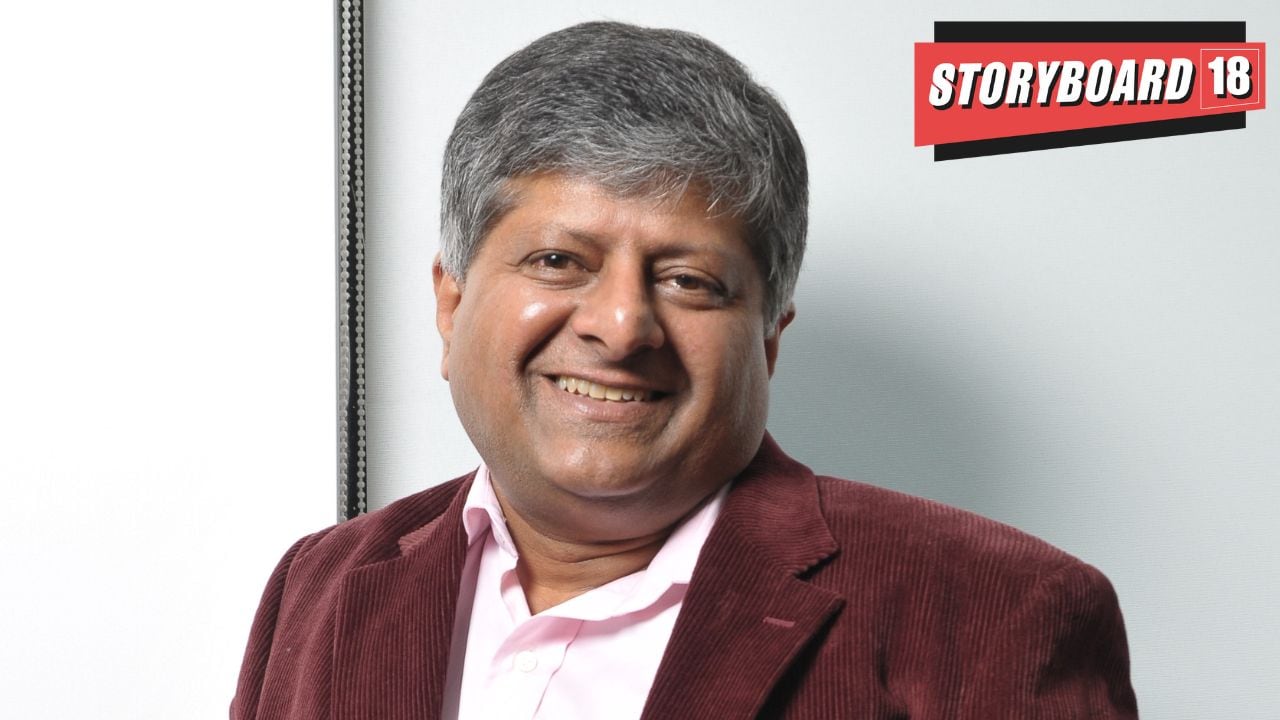After multiple years of double-digit growth, last year, India’s media and entertainment industry grew over 8 percent to cross Rs 2,30,000 crore in 2023, despite global headwinds, according to the annual FICCI – EY report, which provides a comprehensive evaluation and view of the media and entertainment industry in India. The report states the industry is expected to cross Rs 3,10,000 crore by 2026.
While traditional media, such as television and radio, continue to dominate the market reaching 800 and 400 million consumers respectively, digital has recorded a reach of 600 million. A standout finding in the report was that Digital media is set to overtake television by the end of 2024, and online gaming is growing faster than filmed entertainment. Add to that the growth of connected television in India.
Read More: M&E Future: Unified interface to be critical for CTV’s growth
The country will see total TV screens increase from 182 million in 2023 to 202 million by 2026, with the mix changing significantly in favor of connected TVs, the report stated. The situation post 2026 could be quite different, once wired broadband crosses 60 million to 70 million homes and 5G connections scale significantly. At this point, the industry expects connected TVs to start scaling more quickly, and reach 100 million by 2030, while linear TV homes drop to 140 million, of which 57 million would be free TV homes.
The report stated that Digital advertising is now the largest share of India’s ad pie, and performance advertising is the largest component of it. Digital surpassed traditional advertising for the first time this year, and will drive growth in the sector moving
forward. Several factors, including the growth of 5G, rising per capita income of Indians and the growing SME advertiser base, are driving digital ad spends.
Read More: Offline video streaming on the horizon; D2M testing to begin 19 cities
Media owners, advertisers and media planners will continue to plug into the FICCI report for the rest of the year. Storyboard18 caught up with Shashi Sinha, CEO of IPG Mediabrands India, to get his distilled take on the report’s key findings and what he thinks will be the biggest disruptor for India’s media and entertainment industry.
Edited excerpts
What were some of the FICCI EY report findings that stood out for you in digital and television, and advertising revenues?
They are saying that digital will overtake TV. They’ve now been saying it for 2-3 years. Digital itself is so fragmented. It’s very difficult to track media spends. Google has a lion’s share so maybe Google’s numbers are good.
Personally, I feel that traditional advertisers – the top 200 to 300 advertisers have budgets which are limited. This is a slightly contrarian and controversial view that I have. They are spending what they are saying, the overall growth of 8-10 percent is fair growth. Within that, I don’t think there is going to be a dramatic shift to digital in that spend bracket among the 200 advertisers. They will grow but it won’t be as big a difference as last year. The real growth will happen in the SMEs and MSMEs segment.
The issue is figuring out what number will come from the ones who are not a part of the top 200. That’s where the growth will be. At the end of the day, budgets are finite. You can only put in that much money and have fair visibility with those 200-300 advertisers.
Read More: DoT’s technical arm has new draft on D2M tech standards in final stages: Report
We’ve been talking a lot about CTV and now especially with the IPL and elections coming up. The report also stated that CTV will be the largest distributor of content on large screens by 2030.
I personally think CTV is a way of delivering. It’s not about the quality of content. The prediction for 2030, is based on the assumption that nothing will change in the current value. Predicting something that will happen six years down the line, is very difficult to do. The government is working on something called Direct-to-Mobile (D2M). I was floored by it. It will be the UPI of content.
On IPL, with digital and TV viewership, what is the current reading that you have on advertisers?
Advertisers will put money on both. They want to hedge their bets. Big advertisers will put money on both, small advertisers will put money on digital because the outlays are easier to manage. It’s also very audience driven. Premium products will be handled one way, mass products will be handled another way. It is the biggest property and people want to be there. But it is very difficult to generalise what will happen.
Are you seeing more spending this year?
I’m hopeful. By the time the tournament ends, hopefully there will be. It’s very early to say just now with the elections around the corner and the full schedule of the IPL not being out. Sponsorships start from day one but on digital they need not start on day one. IPL reach increases, the money being put in increases. Therefore, advertisers have understood that they need not be there from day one all the way to the last day.
